Research Highlights
Research Highlights
A selection of highlights culled from publications by HAO staff.
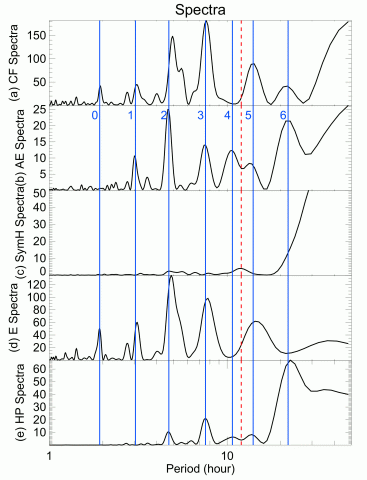
Periodic variations in solar wind and responses of the magnetosphere and thermosphere in March 2017
TIMED/GUVI observed thermospheric column ∑O/N2 depletion in both hemispheres in March 2017. This long duration O/N2 depletion started with a geomagnetic storm between March 1 and 21, 2017 which was caused by large periodic variations in interplanetary magnetic field (IMF) and a high solar wind speed, thus likely associated with a solar wind co-rotating interaction region (CIR).
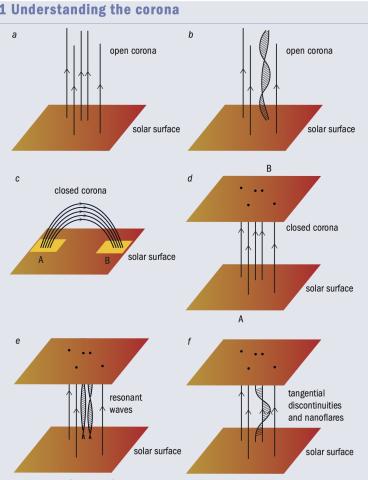
The enduring mystery of the solar corona
Physicists have long known that the Sun’s magnetic fields make its corona much hotter than the surface of the star itself. But how – and why – those fields transport and deposit their energy is still a mystery.
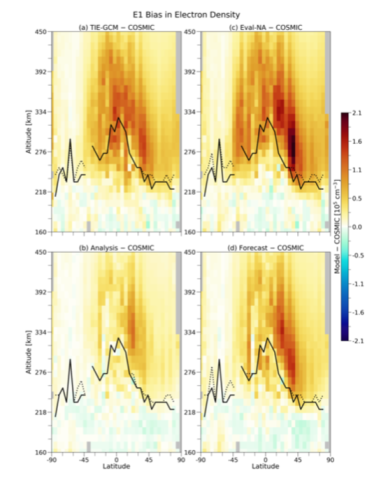
The Impact of Solar Activity on Forecasting the Upper Atmosphere via Assimilation of Electron Density Data
This study presents a comprehensive comparison of the impact of solar activity on forecasting the upper atmosphere through assimilation of radio occultation (RO)-derived electron density (Ne) into a physics-based model (TIE-GCM) using an ensemble Kalman filter.
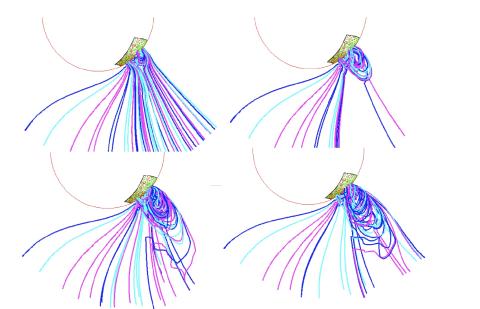
Magnetofrictional Modeling of an Erupting Pseudostreamer
In this study, we present a magnetic conguration of an erupting pseudostreamer observed on April 19, 2015 on the Southwest limb embedding a prominence cavity. The eruption resulted in a relatively wide CME with a round front and prominence core intersected by a sharp plume.
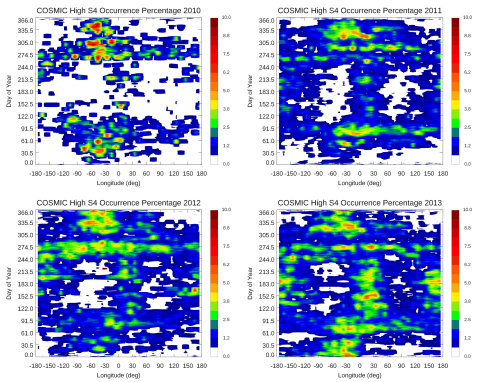
COSMIC Observation of Stratospheric Gravity Wave and Ionospheric Scintillation Correlation
A correlation study is performed to investigate possible connections between the stratospheric gravity waves and the ionospheric plasma bubble induced GPS signal scintillations.
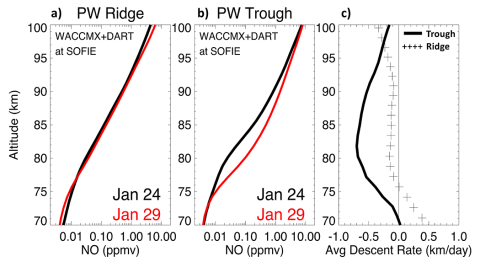
NO transport via Lagrangian Coherent Structures into the top of the polar vortex
The energetic particle precipitation (EPP) indirect effect (IE) refers to the downward transport of reactive odd nitrogen (NOx=NO+NO2) produced by EPP (EPP-NOx) from the polar winter mesosphere and lower thermosphere to the stratosphere where it can destroy ozone. Previous studies of the EPP IE examined NOx descent averaged over the polar region, but the work presented here considers longitudinal variations.
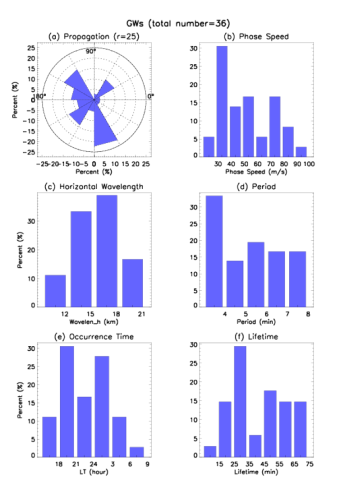
Characteristics of small-scale gravity waves in the Arctic winter mesosphere
Observational datasets in the polar middle atmosphere are extremely valuable for understanding the polar dynamics and coupling between lower and middle atmosphere. Using the long-term datasets observed with an OH all-sky imager, a Fabry-Perot Interferometer at Resolute Bay observatory, Canada (74.7°N, 94.9°W), and Microwave Limb Sounder and reanalysis data, we study the characteristics of small-scale gravity waves (GWs) with the horizontal wavelength less than 20 km in the Arctic winter mesosphere during 2014-2016.
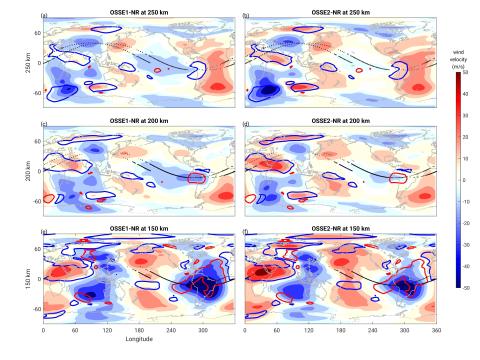
The impact of ICON/MIGHTI zonal and meridional winds on upper atmosphere weather specification in a whole atmosphere data assimilation system
The thermospheric data assimilation is limited due to the lack of continuous observation of the neutral state. Recently, the thermospheric wind data from the Michelson Interferometer for Global High-resolution Thermospheric Imaging (MIGHTI) on NASA's Ionospheric CONnection (ICON) became available.
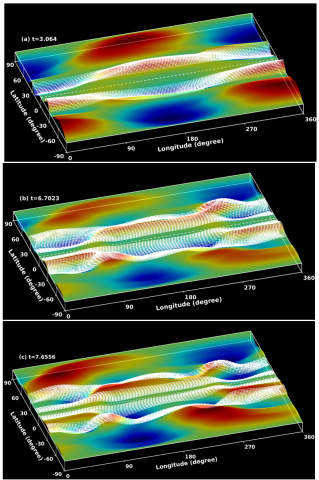
Dynamical Splitting Of A Spot-producing Magnetic Ring In A Nonlinear Shallow-water Model
We explore the fundamental physics of narrow toroidal rings during their nonlinear magnetohydrodynamic evolution at tachocline depths.